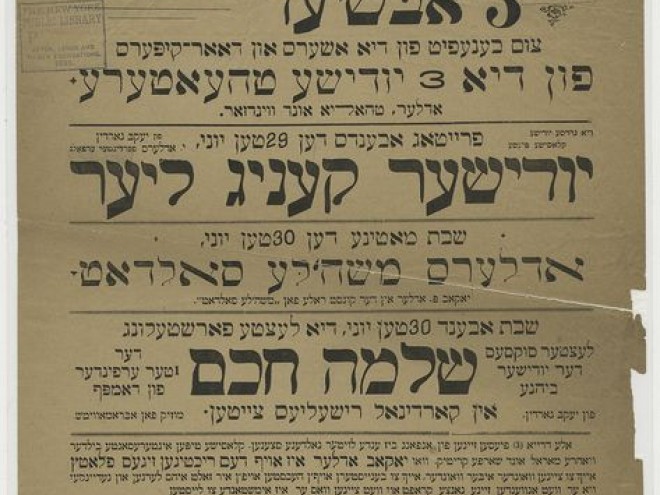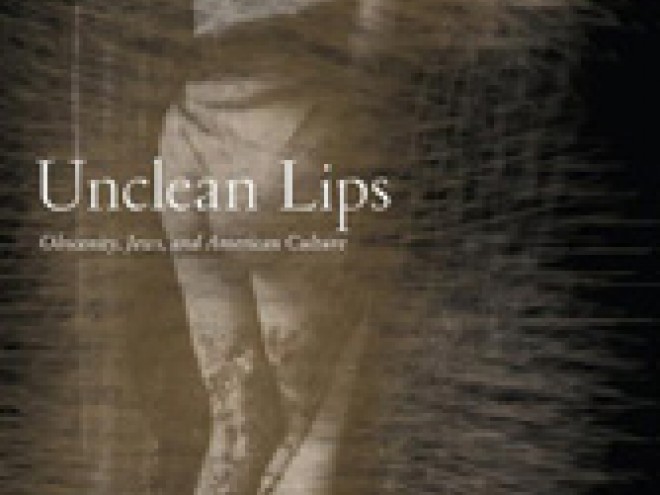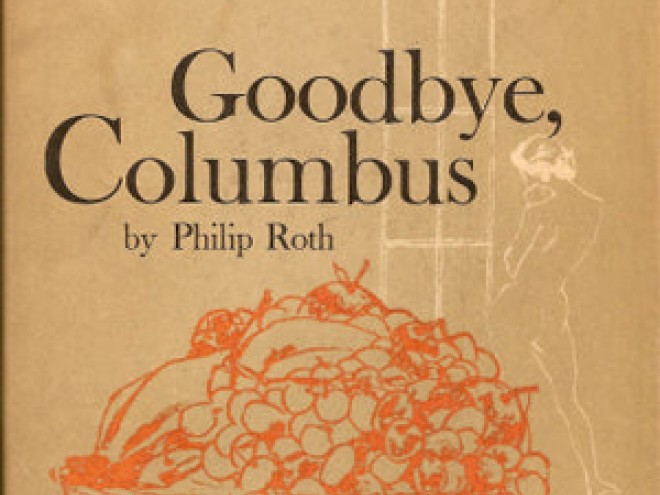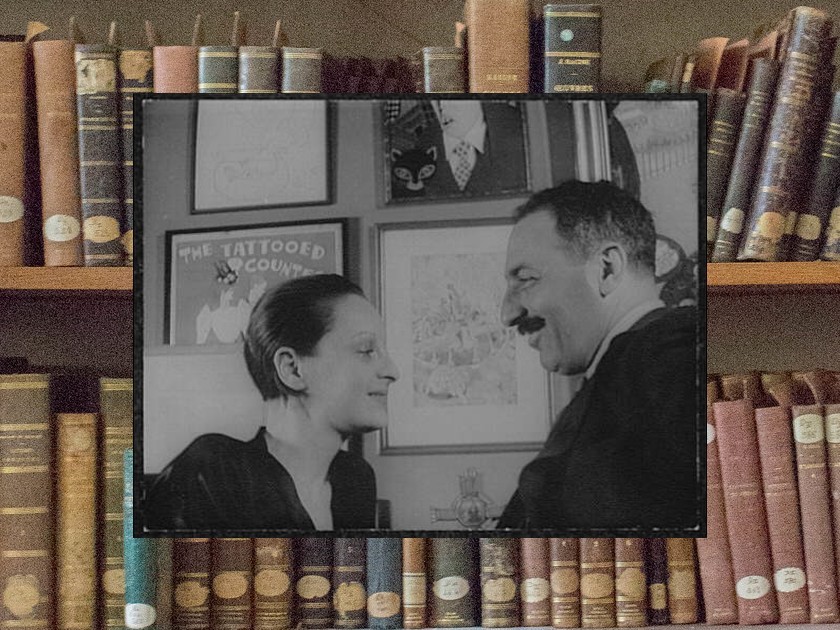
Portrait of Alfred Knopf and Blanche Knopf, 1932, Library of Congress
Over the course of the twentieth century, Jews in the United States went from being almost totally excluded from positions of influence in the book publishing industry to being so influential within it that some American authors began to complain about a “Jewish literary mafia.” As I explain in my new book, The Literary Mafia: Jews, Publishing, and Postwar American Literature, there never really was a literary mafia, but Jews did benefit in a variety of ways from their increasing enfranchisement in the publishing industry.
I found many of the most striking anecdotes and details of this history in archives; I combed through tens of thousands of pages of letters, oral histories, editorial reports, and contracts found in publishing company records. Readers who are fascinated by the making of books can also learn a lot from the many biographies, memoirs, and novels that have been published by and about Jewish editors and publishers. Here’s a list of seven of my favorites:
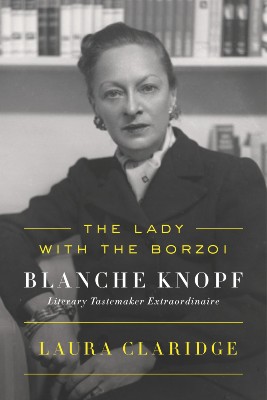
1. Laura Claridge, The Lady with the Borzoi: Blanche Knopf, Literary Tastemaker Extraordinaire (2017): Founded in 1915, Knopf remains among the most prestigious publishing houses in the world. Knopf was also one of a few major American publishers where a woman held an executive editorial position before World War II.
As complex and competitive as her relationship was with her husband and father-in-law — co-founders of the company — Blanche Knopf deserves a place of pride in any history of American publishing, especially for her role in supporting Latin American and European literature in translation in the US, and for helping to create a vogue for hard-boiled American detective fiction. Claridge tells Blanche’s story respectfully but with plenty of juicy details.
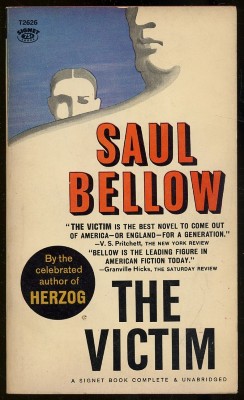
2. Saul Bellow, The Victim (1947): When people talk about the Nobel Prize laureate’s second novel, which he himself dismissed as part of his apprenticeship, they sensibly enough think about it in the context of discussions of antisemitism in the 1940s. But they don’t tend to notice that all of the major characters are editors at a range of large and small magazines, and that they spend a lot of time talking about the “connections” that are necessary to get jobs in the publishing business.
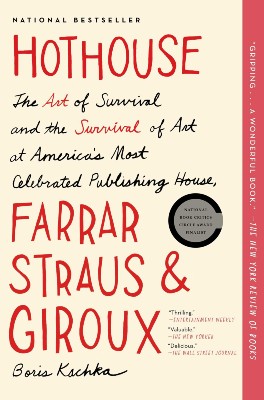
3. Boris Kachka, Hothouse: The Art of Survival and the Survival of Art at America’s Most Celebrated Publishing House, Farrar, Straus and Giroux (2014). A page-turning history of another distinguished American publishing house, Kachka’s book focuses its attention largely on Roger Straus, Jr., a dandyish member of the American Jewish aristocracy who devoted his life to publishing quality literature and seems to have had a remarkable gift for quips.
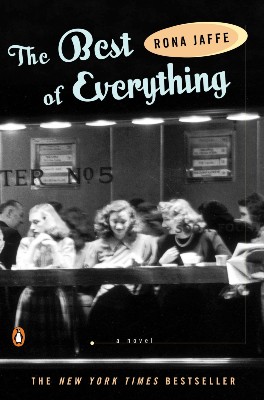
4. Rona Jaffe, The Best of Everything (1958): A bestseller in its time but somewhat neglected since, Jaffe’s first novel draws on the author’s experiences working for Fawcett’s Gold Medal Books after graduating from Radcliffe College; it also shares the professional stories she heard from friends, like her college roommate Phyllis Levy, who worked at Simon & Schuster.
The novel is noncommittal about whether or not its protagonist, Caroline Bender, is Jewish, but the book offers a fascinating window into what it was like to work for a publishing house in the 1950s, including unsparing details of lecherous, pompous older men and their abusive behavior.
5. Ann Birstein, Dickie’s List (1973): A precocious novelist and the daughter of a celebrity rabbi, Birstein found herself uncomfortably thrust into the midst of the New York intellectuals after she married Alfred Kazin in the early 1950s. This novel — a roman à clef about the editors and writers she knew — reflects both the appeal of this demimonde and how alienating it could be. Birstein’s courage as a writer is astonishing: though she changes all the names to protect herself from libel charges, anyone who knows what to look for will find in the book portraits etched in acid of Susan Sontag, Hannah Arendt, Philip Rahv, and many others.
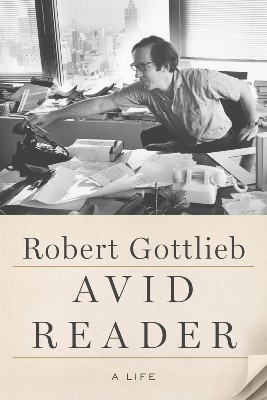
6. Robert Gottlieb, Avid Reader (2016): Many great editors write terrific memoirs, filled with gossip about the authors they’ve known, but Gottlieb’s might be the best. After rising up the ranks at Simon & Schuster in the postwar decades, he served as editor-in-chief of Knopf and the New Yorker, and had his hand in many of the most dazzling books of the period — from Joseph Heller’s Catch-22 to the novels of Toni Morrison and Robert Caro’s histories.
(If you enjoy this memoir, others you might like include Norman Podhoretz’s Making It, Michael Korda’s Another Life, Ted Solatorff’s First Loves, and William Targ’s Indecent Pleasures.)
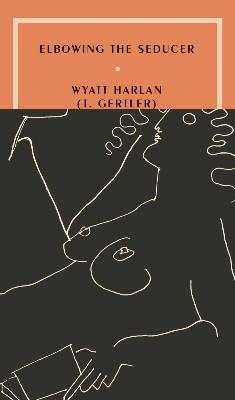
7. T. Gertler, Elbowing the Seducer (1984): In a recent reappraisal, Dwight Garner called this “the tangiest literary-world roman à clef to emerge from the ’80s,” and “almost certainly the best of the past four decades.” It tells the story of a young Jewish woman with intense literary aspirations and what she has to put up with to get published.
The editor at the novel’s center, Howard Ritchie, tosses around Yiddish phrases and “prefer[s] literate sex” and for decades has tied reviewers up in knots by very obviously resembling a notorious real-life figure whom no one has wanted to name for fear of being sued or worse (but you’ll have to read my book if you want to hear more of what I have to say about all that).
Josh Lambert (web/twitter) is the Sophia Moses Robison Associate Professor of Jewish Studies and English, and Director of the Jewish Studies Program, at Wellesley College. His books include Unclean Lips: Obscenity, Jews, and American Culture (2014), and The Literary Mafia: Jews, Publishing, and Postwar American Literature (2022).
